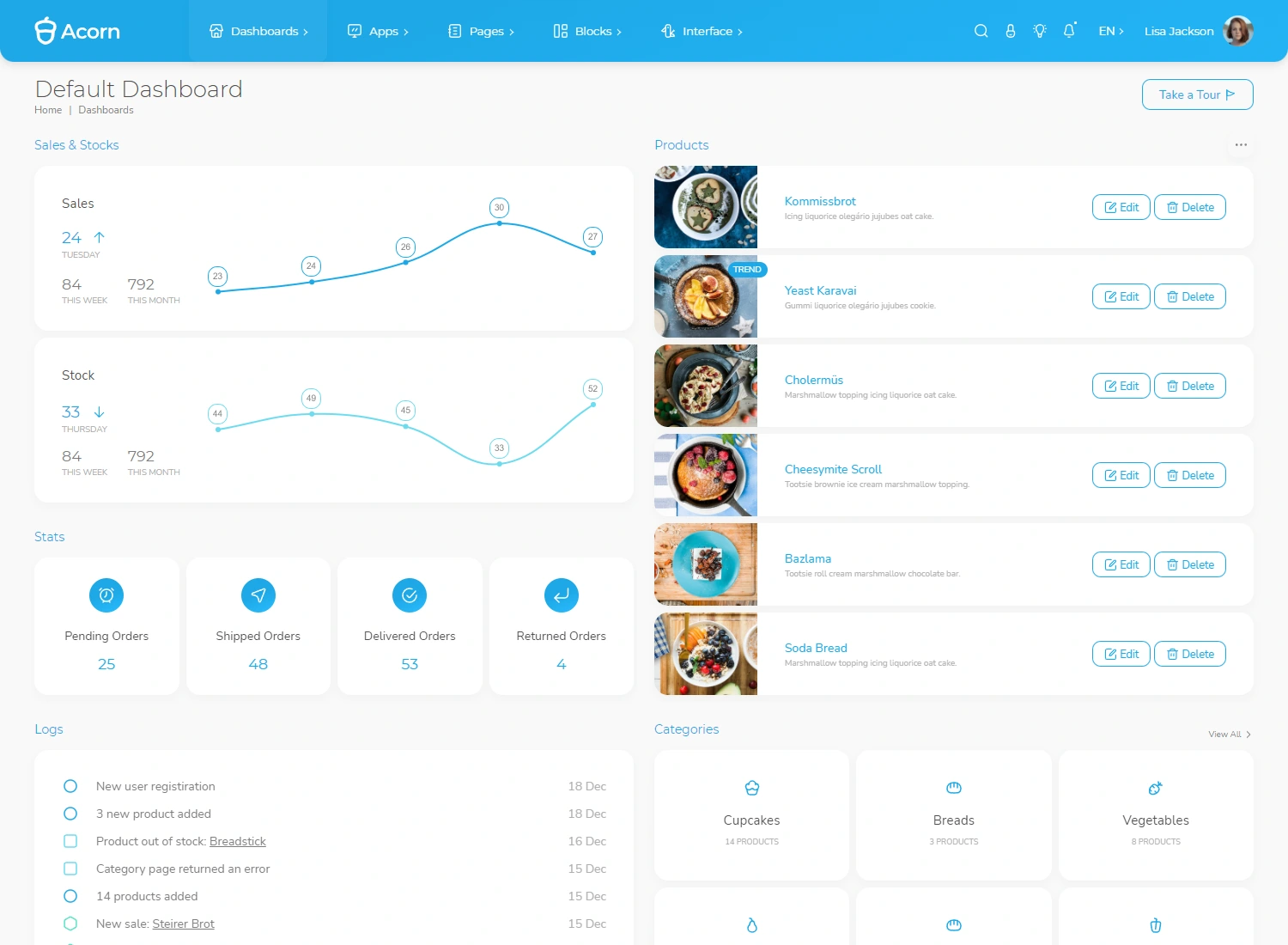Abstract
BIMSTEC stands as a critical regional grouping that connects South Asia and Southeast Asia through the Bay of Bengal. Comprising seven countries, the initiative seeks to promote multi-sectoral cooperation in a region with shared economic, security, and cultural interests. For India, BIMSTEC is both a geopolitical lever and a developmental conduit for its eastern and northeastern regions. This article explores the full scope of BIMSTEC—its origin, structure, India's role, current status, and future prospects.
1. Inception and Evolution of BIMSTEC
The Bay of Bengal Initiative for Multi-Sectoral Technical and Economic Cooperation (BIMSTEC) was established on June 6, 1997, through the Bangkok Declaration. Initially launched as BIST-EC (Bangladesh, India, Sri Lanka, and Thailand – Economic Cooperation), the grouping was renamed BIMST-EC with the inclusion of Myanmar in 1997. Later, Nepal and Bhutan joined in 2004, expanding its scope beyond the Bay of Bengal coastline.
Current Member Countries:
-
South Asia: Bangladesh, Bhutan, India, Nepal, Sri Lanka
-
Southeast Asia: Myanmar, Thailand
The group is headquartered in Dhaka, Bangladesh, and has gradually evolved from a low-profile organization to a more structured entity with a growing strategic agenda.
2. Importance of BIMSTEC in the Regional Context
a. Strategic Location
The BIMSTEC region connects two vital sub-regions of Asia—South and Southeast Asia—via the Bay of Bengal. It is a natural corridor for economic, cultural, and maritime linkages.
b. Demographic and Economic Weight
-
Combined population: Over 1.7 billion people (approx. 22% of the world population)
-
Combined GDP: Over $4 trillion
-
Rich in natural resources, biodiversity, and human capital
-
Significant untapped potential in trade, tourism, transport, and energy
c. Counterbalance to SAARC
Due to SAARC’s stagnation—largely due to India-Pakistan tensions—BIMSTEC has become a preferred platform for regional cooperation, excluding Pakistan. It offers India and others a functional and non-political alternative.
3. BIMSTEC’s Areas of Cooperation
Originally focused on six sectors, BIMSTEC has expanded to cover 14 priority areas, with lead countries designated for each:
| Sector | Lead Country |
|---|---|
| Trade & Investment | Bangladesh |
| Transport & Communication | India |
| Energy | Myanmar |
| Tourism | India |
| Environment & Disaster Management | India |
| Public Health | Thailand |
| Agriculture | Myanmar |
| Poverty Alleviation | Nepal |
| Counter-Terrorism & Transnational Crime | India |
| People-to-People Contact | Thailand |
| Cultural Cooperation | Bhutan |
| Climate Change | Bangladesh |
| Science & Technology | Sri Lanka |
| Fisheries | Sri Lanka |
4. India and BIMSTEC: Strategic Relevance
a. Gateway to the Act East Policy
BIMSTEC aligns seamlessly with India’s Act East Policy, offering a channel to connect northeastern India with ASEAN countries via Myanmar and Thailand.
b. Connectivity Infrastructure
Projects like:
-
India-Myanmar-Thailand Trilateral Highway
-
Kaladan Multimodal Transit Transport Project
aim to strengthen India’s connectivity with Southeast Asia.
c. Security Cooperation
India leads cooperation in counter-terrorism, maritime security, and disaster response, reflecting its role as a net security provider.
d. Energy Diplomacy
India has proposed a BIMSTEC Grid Interconnection Plan to share electricity and develop a regional energy market.
5. Trade Statistics and Economic Engagement
While intra-BIMSTEC trade has grown, it remains below potential:
-
Intra-regional trade share: Less than 7% of the total trade of member countries.
-
India’s trade with BIMSTEC members (2022–23): Estimated at over $40 billion, with Bangladesh and Thailand being key partners.
Barriers include:
-
Lack of a comprehensive Free Trade Agreement (FTA)
-
Poor customs harmonization
-
Limited infrastructure and trade facilitation
Progress: The BIMSTEC Free Trade Agreement (FTA) negotiations have been ongoing but face delays over tariff negotiations and service sector inclusion.
6. Potential and Opportunities
-
Trade Boost: With improved logistics and tariff rationalization, BIMSTEC could rival other regional blocs like ASEAN.
-
Blue Economy: Cooperation in fisheries, marine conservation, and maritime trade offers immense potential.
-
Tourism: Cultural and eco-tourism circuits can be developed leveraging shared heritage and proximity.
-
Climate Cooperation: Joint response to rising sea levels, cyclones, and environmental degradation can be institutionalized.
7. Key Challenges
-
Institutional Weakness: The secretariat remains understaffed and underfunded.
-
Asymmetry in Size and Capacity: Disparities between large economies like India and smaller nations affect negotiations.
-
Overlapping Regional Frameworks: With SAARC, ASEAN, and others, BIMSTEC risks duplication unless streamlined.
-
Slow Implementation: Many decisions at summits remain on paper due to lack of follow-up and coordination.
8. Recent Developments
-
4th BIMSTEC Summit (Kathmandu, 2018): Strengthened security cooperation and connectivity agenda.
-
5th BIMSTEC Summit (Colombo, 2022): Adoption of the BIMSTEC Charter, formalizing its institutional framework.
-
2023 BIMSTEC Ministers’ Meeting: Renewed commitment to early conclusion of the FTA and enhancing digital and maritime cooperation.
Conclusion
BIMSTEC is no longer a forgotten grouping—it has the geopolitical attention of India and others seeking a pragmatic, functional, and non-disruptive regional cooperation model. For India, BIMSTEC is a strategic pillar that aligns regional integration, maritime ambition, and connectivity with eastern neighbours. However, to unleash its full potential, BIMSTEC must overcome institutional inertia, finalize the FTA, and deliver on promises of connectivity and development.
India, with its resources and strategic interest, must act as both an anchor and enabler of BIMSTEC’s growth into a vibrant regional community.






